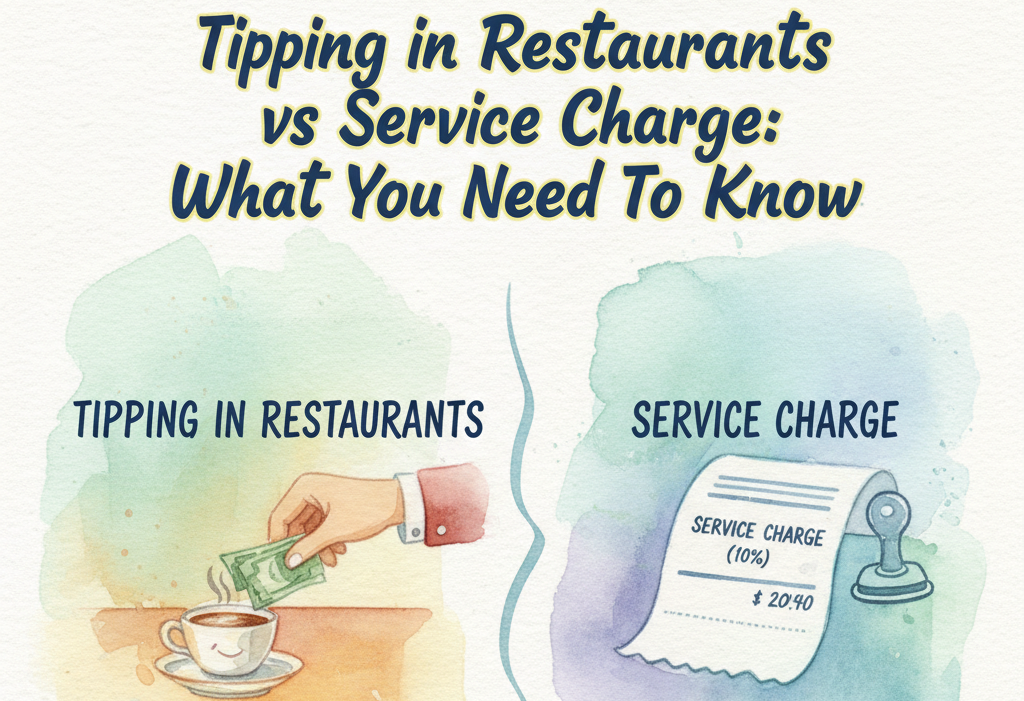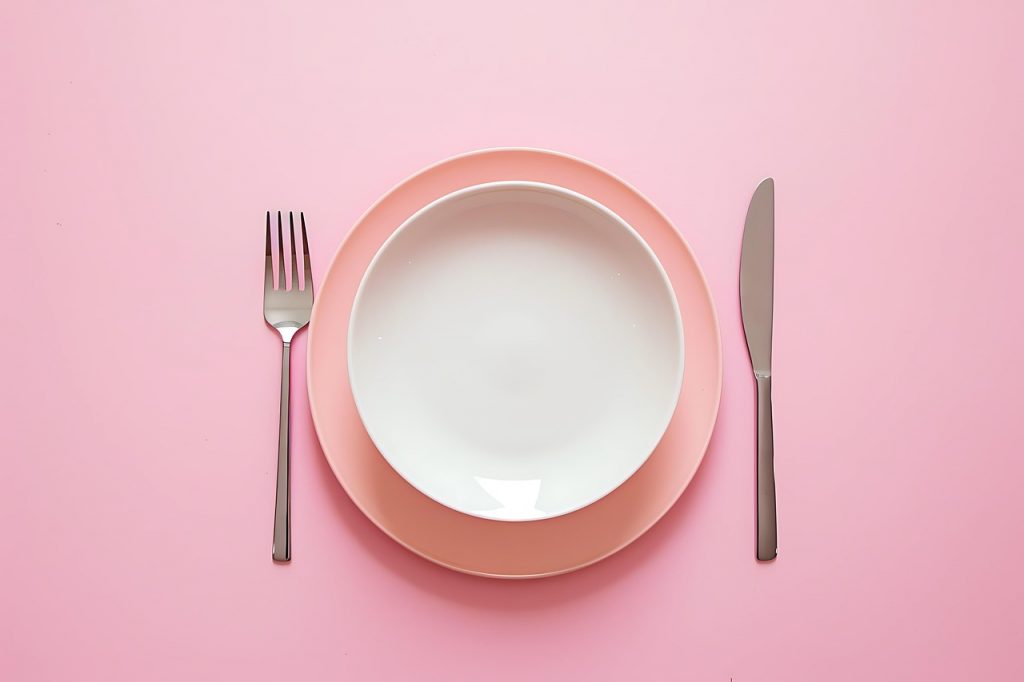Have you ever walked into a coffee shop and immediately felt comfortable and at ease? This feeling is often a result of a well-thought-out floor plan. In this beginner’s guide, we will explore the importance of a carefully designed coffee shop floor plan and provide you with a comprehensive overview of the key concepts to consider.
When it comes to designing a coffee shop floor plan, the layout and flow of the space play a crucial role in creating a welcoming atmosphere for customers. From the placement of furniture to the arrangement of the counter and seating areas, every detail contributes to the overall experience.
The Layout: The Heart of Coffee Shop Design
The layout of a coffee shop floor plan typically includes the positioning of key elements such as the counter, brewing area, seating areas, and restroom facilities. A well-planned layout ensures efficient workflow for staff and easy navigation for customers.
For example, a popular layout option is the “island” layout, where the brewing area is at the center of the space, surrounded by seating areas. This allows customers to see the action at the counter while enjoying their coffee. The island layout also maximizes the use of space, providing ample seating while maintaining a cozy and intimate atmosphere.
Seating Options: Catering to Different Preferences and Group Sizes
The type of seating you choose for your coffee shop can greatly impact the comfort and usability of the space. From cozy armchairs to communal tables, the seating options should cater to different preferences and group sizes.
Comfortable seating encourages customers to linger longer, increasing the likelihood of repeat visits and word-of-mouth recommendations. Offering a variety of seating options also accommodates different customer needs, such as individuals looking for a quiet corner to work or groups meeting for a coffee chat.
Lighting and Ambiance: Setting the Mood for Your Coffee Shop
Lighting plays a significant role in creating the atmosphere of a coffee shop. Natural light, warm ambient lighting, and accent lighting can all contribute to a cozy and inviting environment.
Ambient lighting sets the overall mood of the space, while task lighting at individual tables provides focused illumination for reading or working. Additionally, accent lighting can highlight design features or artwork within the coffee shop.
Designing Your Coffee Shop Floor Plan: Best Practices and Expert Tips
In the upcoming sections, we will delve deeper into each key concept, providing detailed insights and best practices for designing a coffee shop floor plan that enhances the customer experience. From choosing the right furniture to optimizing traffic flow, we will equip you with the knowledge and tools to create a successful coffee shop layout.
Selecting the Perfect Coffee Shop Furniture
When it comes to selecting furniture for your coffee shop, it’s important to consider both aesthetics and functionality. Choose pieces that complement your coffee shop’s design while providing comfort and usability for customers.
Consider the size and layout of your space when selecting furniture. For example, if your coffee shop has high ceilings, opt for taller furniture to create a sense of intimacy. If your space is small, choose compact pieces that maximize seating without overwhelming the space.
Optimizing Traffic Flow and Navigation
Efficient traffic flow is essential for a successful coffee shop floor plan. Ensure that customers can easily navigate the space without feeling cramped or overwhelmed.
Consider the placement of the counter and seating areas, as well as the location of restroom facilities. Ensure that there is ample space for customers to wait in line and move around the space without feeling crowded.
Maximizing Space and Functionality
Maximizing space and functionality is crucial for a successful coffee shop floor plan. Consider using multi-purpose furniture, such as a bench with built-in storage, to make the most of your space.
Additionally, consider incorporating a designated area for customers to work or study. This can include a communal table with built-in outlets for charging devices.
Creating a Cohesive and Inviting Atmosphere
Creating a cohesive and inviting atmosphere is key to a successful coffee shop floor plan. Consider incorporating design elements that reflect your brand identity and appeal to your target audience.
Experiment with different layouts and seating arrangements to find the perfect balance between aesthetics and functionality.
Designing a coffee shop floor plan is a creative and rewarding process that can significantly impact the success of your business. By prioritizing customer comfort, staff efficiency, and overall ambiance, you can create a welcoming space that keeps customers coming back for more. Creating the best coffee shop design can be complex and challenging, but with the right knowledge and tools, you can create a space that exceeds your expectations.



